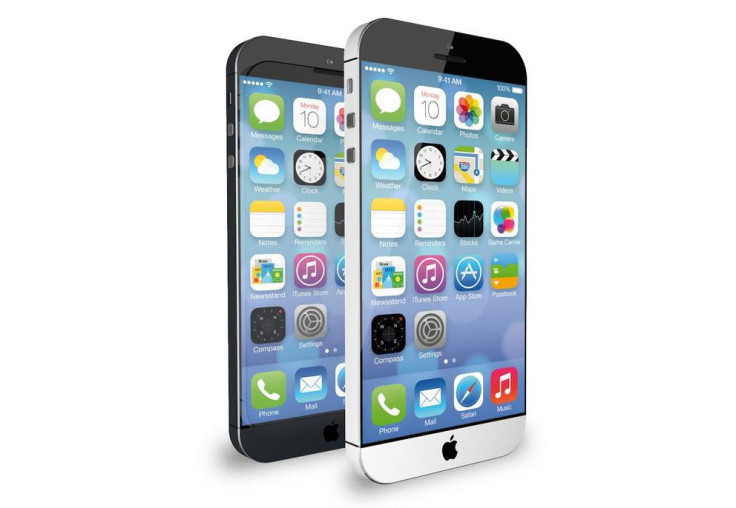Apple iPhone 6 Rumors: Apple Files Patent For 'iWallet' Wireless Payment Method

Apple isn't exactly known for moving quickly into any specific technology. Whereas its competitors jump at new tech, eager to get them onto the market, Apple waits it out to see what's successful and where its strengths and weaknesses lie. But that doesn’t mean Apple sits back and lets competitors innovate while they do nothing, and Apple’s latest patent filing shows just that.
Apple filed a U.S. patent application on Jan. 16 for a wireless “method to send payment data through various air interfaces without compromising user data.” The method uses a combination of different wireless protocols, some found on current devices and some not, suggesting this may be a patent for the upcoming iPhone 6.
The patent application outlines a digital wallet (what some have conjectured as the iWallet) that can send payment information via a secure and wireless method. Last December Apple introduced iBeacon as a method of sending information to and from devices utilizing a Bluetooth protocol called Bluetooth Low Energy (BLE), available on all iOS devices since the iPhone 4s. The iBeacon was released for the holidays, allowing iPhone, iPad and iPod Touch owners to skip lines and pay for products in stores with their devices.
Flash forward to the patent application this week, and we see how Apple is building on this technology and incorporating Near Field Communication (NFC), a wireless technology that Apple has been avoiding on all of its devices. NFC, which has been available on many Android devices, like the Samsung Galaxy S4, for some time, is a wireless protocol that allows users to send information to and from their devices by simply placing the devices next to each other.
Combining NFC and iBeacon is Apple’s newest move. The patent the company filed works in two ways. First, a device -- let’s say an iPhone -- is placed next to the register at a shop. The iPhone connects to the register using NFC and authenticates the first step in the payment process. Then, iBeacon connects through BLE to the register's back server and forms a secondary, more secure, connection, authenticating the second step in the process.
Here’s the tricky part. Bluetooth and NFC are not naturally super-secure technologies. Bluetooth pirates can steal information from devices up to 30 feet away, using the right equipment. So, to make sure that user data is secured, the patent states, the transaction will be “secured by a shared secret known to a secure element in the purchasing device and to the backend server.” Basically the iPhone and the register’s backend server will use an encryption key to secure and process the payment.
As Apple is usually hesitant with things like these, it’s not clear if any new device will have this system. However, knowing that iBeacon was backward-compatible with most devices, any new device with NFC on it, which is likely for the iPhone 6, will probably have Apple’s prospective iWallet.
© Copyright IBTimes 2024. All rights reserved.





















